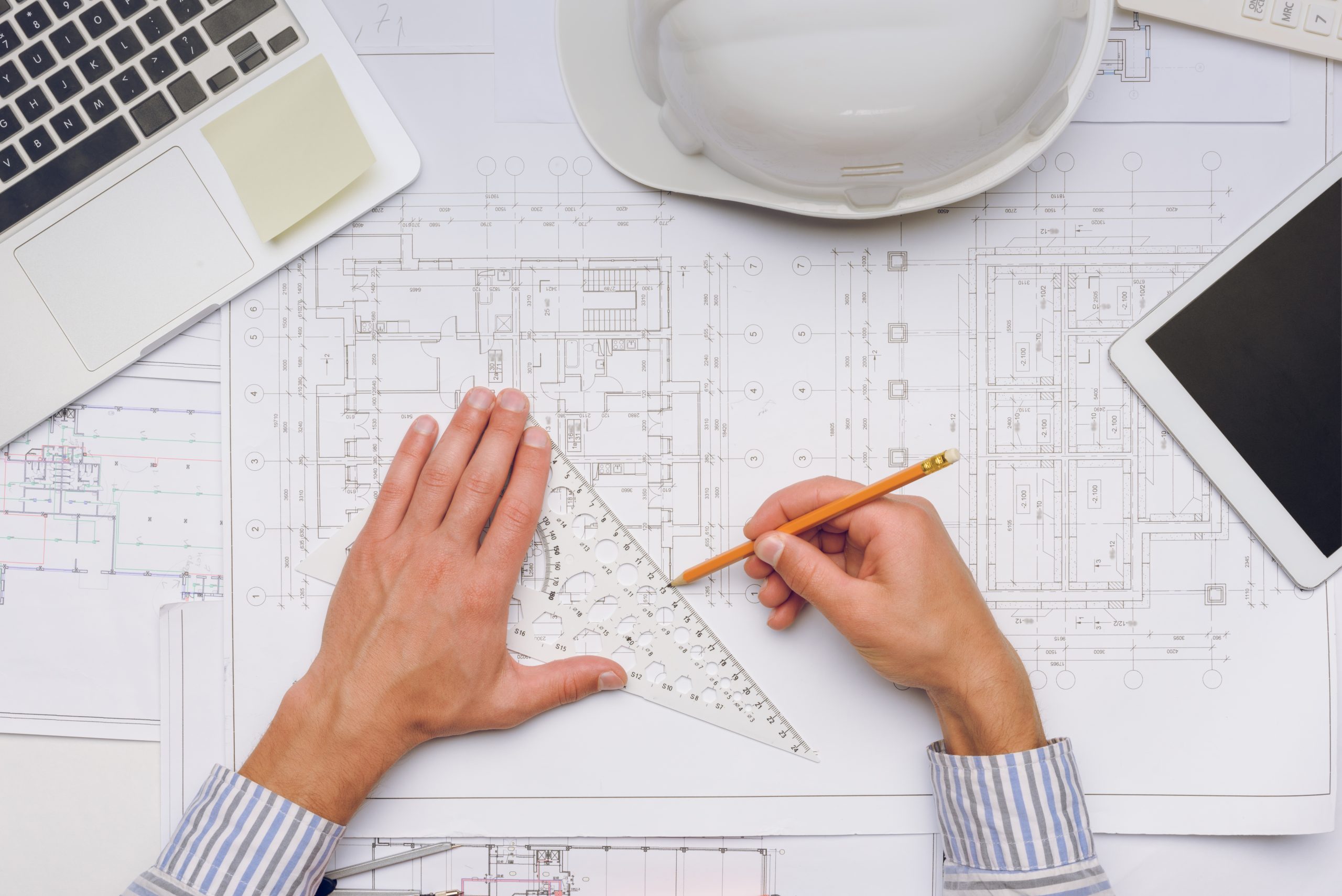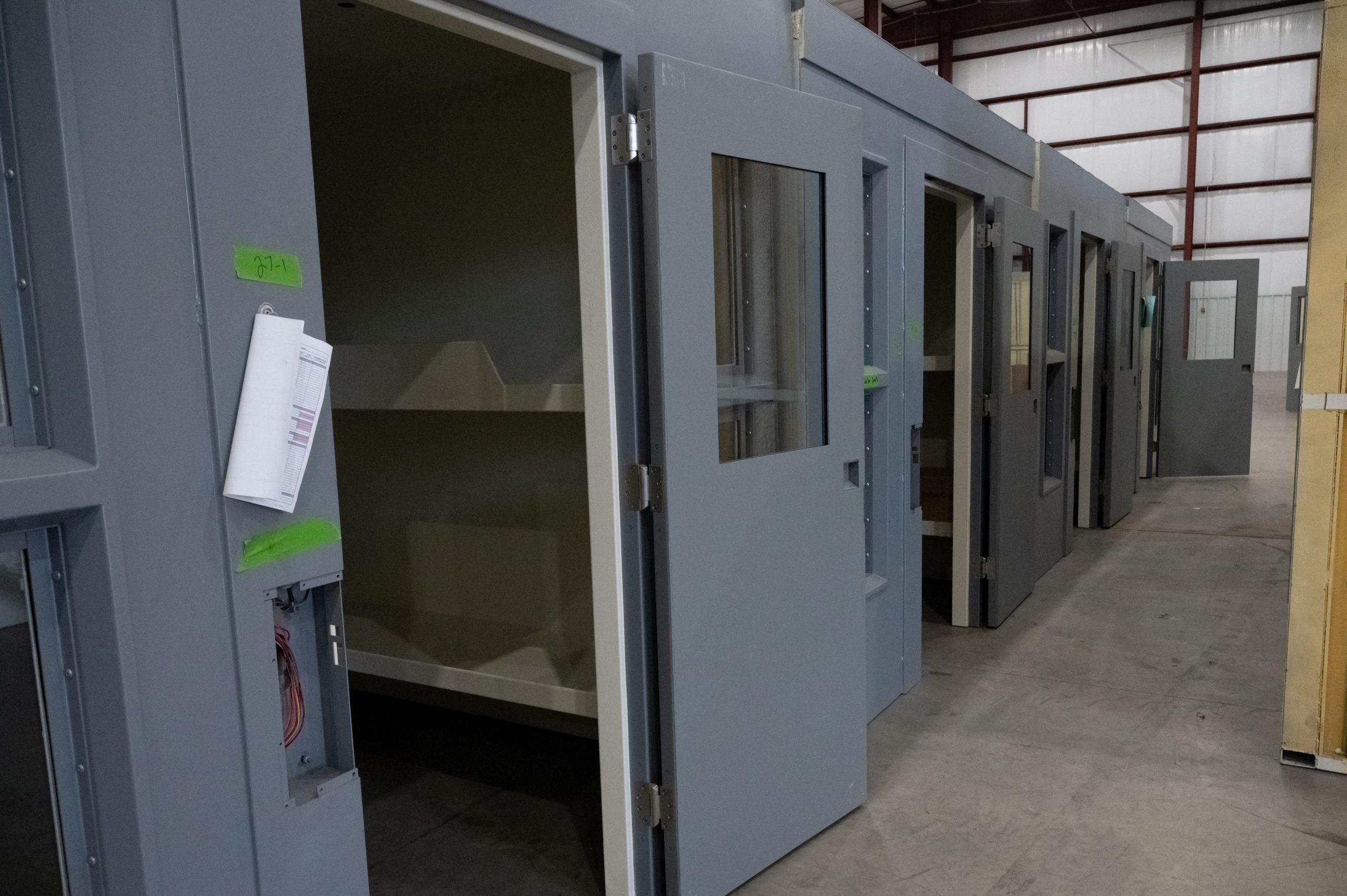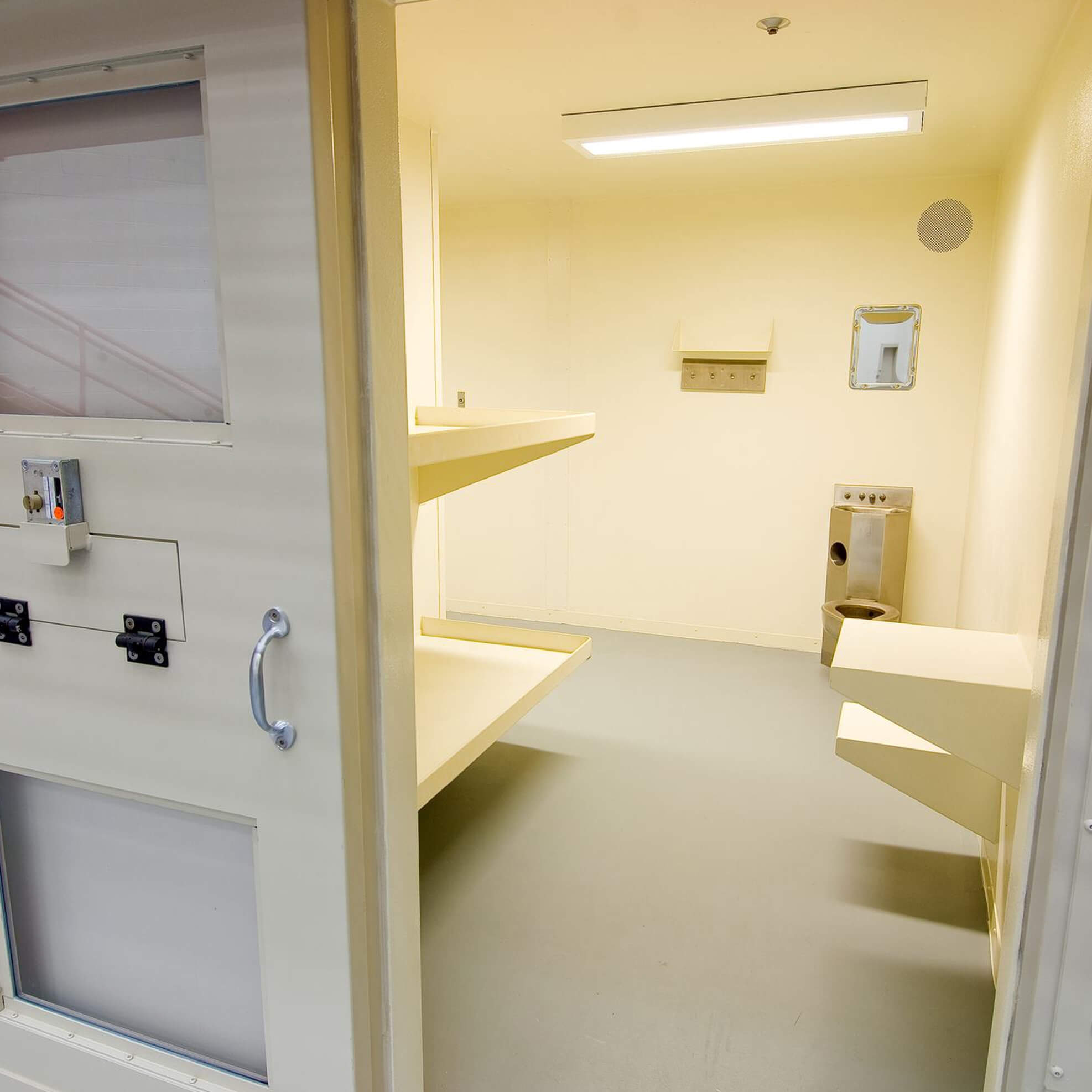Correctional Facility Design Standards: Key Considerations for Architects and Planners
Correctional facility design standards play a critical role in ensuring the safety and well-being of inmates, staff, and visitors. The design of correctional facilities should promote security, safety, functionality, and rehabilitation, but they should also be cost-effective and sustainable.
A well-designed facility can reduce operational costs, energy consumption, and maintenance requirements. A flexible design approach that allows for future expansion or repurposing can also save on long term costs. Adaptive design standards that can accommodate changing needs and populations are also essential.
Sustainable design practices that promote energy efficiency, water conservation, and waste reduction can also benefit the facility and its occupants. Technological integration can also enhance safety, security, and operational efficiency. Post-occupancy evaluation can provide valuable feedback for improving future designs.
Key Takeaways
- Correctional facility design should prioritize safety, security, and functionality.
- Design efficiency, flexibility, and sustainability can save costs and benefit the facility and its occupants.
- Technological integration and post-occupancy evaluation can enhance safety, security, and operational efficiency.
Correctional Facility Design Principles
Designing correctional facilities requires a unique set of considerations to ensure the safety of inmates, staff, and the public. Correctional facility design principles aim to create a secure, functional, and humane environment for all involved. These principles are based on research, best practices, and the experiences of professionals in the field.
One important design principle is the use of prefabricated jail cell construction. Prefabricated jail cells are pre-built in a factory and then transported to the construction site for installation. This method can save time and money while also ensuring consistency in the construction process.
Our prefabricated jail cells are constructed with A60 Galvanneal Steel that can withstand the harsh conditions of a correctional facility. These cells can also be customized to meet the specific needs of the facility, such as adding plumbing, a rear chase, and electrical systems.
Prefabricated Jail Cell Construction
Prefabricated jail cell construction offers several advantages over traditional construction methods. These include:
- Cost savings: Prefabricated jail cells can be built more quickly than traditional cells, which can save money on labor costs and reduce the overall construction time.
- Consistency: Since prefabricated cells are built in a factory, they are constructed under controlled conditions, ensuring consistency in quality and design.
- Durability: Prefabricated cells are built with durable materials such as steel, which can withstand the harsh conditions of a correctional facility.
- Customization: Prefabricated cells can be customized to meet the specific needs of the facility, such as adding plumbing and electrical systems.
Overall, the use of prefabricated jail cell construction is a valuable design principle for correctional facilities. It offers a cost-effective, durable, and customizable solution that can improve the safety and functionality of the facility.
Safety Standards
When designing a correctional facility, safety standards are of utmost importance. These standards are in place to ensure the safety of both inmates and staff. Safety standards can be divided into two categories: physical safety standards and psychological safety standards.
Physical Safety Standards
Physical safety standards are designed to prevent physical harm to inmates and staff. These standards cover a wide range of areas, including:
- Building materials: The materials used in the construction of a correctional facility must be strong and durable enough to withstand potential attacks from inmates. For example, walls and doors must be made of materials that are difficult to break or penetrate.
- Security systems: A correctional facility must have appropriate security systems in place to prevent escapes and to monitor inmate behavior. This includes surveillance cameras, alarms, and access control systems.
- Emergency procedures: A correctional facility must have well-defined emergency procedures in place to deal with potential threats such as fires, natural disasters, and inmate riots.
Psychological Safety Standards
Psychological safety standards are designed to prevent mental harm to inmates and staff. These standards cover a wide range of areas, including:
- Environmental design: The design of a correctional facility must take into account the psychological well-being of inmates and staff. For example, the facility must have sufficient natural light and ventilation to prevent feelings of claustrophobia and depression.
- Programs and services: A correctional facility must provide programs and services that promote the psychological well-being of inmates. This includes access to mental health services, educational programs, and recreational activities.
- Staff training: Correctional facility staff must be trained to recognize and respond to signs of mental distress in inmates. This includes training on how to de-escalate potentially violent situations and how to provide emotional support to inmates.
In conclusion, safety standards are an essential component of correctional facility design. By following these standards, correctional facilities can ensure the safety and well-being of both inmates and staff.
Design Efficiency
Design efficiency is a critical aspect of correctional facility design standards. It refers to the ability of a correctional facility to optimize the use of available resources, including space and energy, to achieve the desired outcomes. This section will explore two key sub-sections of design efficiency, namely space utilization and energy efficiency.
Space Utilization
Effective space utilization is a crucial component of correctional facility design efficiency. It involves the optimization of available space to ensure that every square foot is used effectively. This can be achieved through the use of modular or prefabricated jail cells, which are designed to maximize space utilization while minimizing construction time, costs, and manpower.
Modular or prefabricated jail cells are constructed off-site and then transported to the correctional facility for installation. This approach minimizes the disruption to the facility’s operations and reduces overall construction time. Additionally, modular jail cells are designed to be scalable, which means that they can be easily expanded or reduced to meet changing needs.
Energy Efficiency
Energy efficiency is another critical component of correctional facility design efficiency. It involves the optimization of energy usage to reduce costs and minimize the facility’s environmental impact. This can be achieved through the use of energy-efficient building materials, lighting, and heating, ventilation, and air conditioning (HVAC) systems.
Energy-efficient building materials can significantly reduce the facility’s energy consumption by minimizing heat loss and gain. Additionally, the use of energy-efficient lighting, such as LED lights, can reduce the facility’s energy consumption while providing better lighting quality.
The use of energy-efficient HVAC systems, such as geothermal heating and cooling, can also significantly reduce the facility’s energy consumption. Geothermal HVAC systems utilize the earth’s natural heat to provide heating and cooling, which can significantly reduce the facility’s energy consumption and costs.
Flexible Design Approach
Flexible design approach is a critical aspect of correctional facility design standards. The approach is based on the need to create a balance between prison control and the requirements of the building. According to Prison Design and Carceral Space, flexible design approach involves the creation of outdoor space and flexible planning and design, which allows prisons to adapt to changing needs.
The flexible design approach is essential because it allows prisons to be able to accommodate different types of inmates and varying levels of security. In addition, it enables prisons to adapt to changing needs, such as fluctuations in the number of inmates. This approach is particularly important in the design of women’s prisons. As noted in Women in Jail: Facility Planning Issues, designing prisons for women, who have different requirements, presents special design challenges for jail architects.
The flexibility of the design approach allows detention staff to have the same level of control over the facility as they would in a traditional prison. This is because the design approach takes into account the requirements of management. According to Prison Architecture, the design of correctional facilities should be based on the requirements of the building and its technology, which emphasizes the need to design flexible prisons.
Overall, the flexible design approach is crucial in the design of correctional facilities. It allows prisons to adapt to changing needs and accommodate different types of inmates. The approach also ensures that detention staff has the same level of control over the facility as they would in a traditional prison.
Adaptive Design Standards
Adaptive design is an approach to designing correctional facilities that emphasizes flexibility and adaptability in response to changing needs. This approach recognizes that correctional facilities must be designed to accommodate a wide range of users with varying needs and abilities.
Accessibility Standards
Accessibility standards are an essential aspect of adaptive design. Correctional facilities must comply with federal and state accessibility standards to ensure that all inmates, staff, and visitors can access the facility’s services and facilities. These standards include requirements for accessible entrances, restrooms, and other facilities, as well as guidelines for the design of cells and housing units.
In addition to complying with accessibility standards, correctional facilities must also consider the needs of inmates with disabilities. This may include providing accessible housing units, assistive technology, and specialized medical care. Facilities must also ensure that staff members are trained to work with inmates with disabilities and that they have the resources and support they need to provide appropriate care.
Inclusive Design
Inclusive design is another important aspect of adaptive design. Inclusive design emphasizes the importance of designing facilities that are welcoming and accessible to all users, regardless of their background or abilities. This approach recognizes that correctional facilities must be designed to accommodate a diverse range of users, including those with physical disabilities, mental health conditions, and other special needs.
Inclusive design may involve a range of strategies, such as providing accessible signage and wayfinding, designing common areas that are welcoming and comfortable, and providing opportunities for inmates to participate in activities and programs that are tailored to their needs and interests. Facilities must also ensure that staff members are trained to work with diverse populations and that they have the resources and support they need to provide appropriate care.
Overall, adaptive design standards are essential for ensuring that correctional facilities are safe, secure, and accessible to all users. By adopting an adaptive design approach, facilities can create environments that are flexible and responsive to changing needs and that promote the well-being and rehabilitation of inmates.
Sustainable Design Practices
When designing correctional facilities, it is important to consider sustainable design practices to reduce resource consumption, improve building function, safety, and occupant well-being. Sustainable design practices can be implemented in various areas, including energy conservation, water conservation, and the use of sustainable materials.
Energy Conservation
Correctional facilities are known for their high energy consumption due to their 24/7 operation and high-security requirements. However, implementing energy conservation measures can significantly reduce energy consumption and costs. Some energy conservation practices that can be implemented in correctional facilities include:
- Installing energy-efficient lighting systems
- Using renewable energy sources such as solar panels
- Implementing energy-efficient HVAC systems
- Using energy-efficient appliances and equipment
- Conducting regular energy audits to identify areas for improvement
Water Conservation
Correctional facilities also consume a significant amount of water, which can lead to high water bills and strain on local water resources. Implementing water conservation practices can help reduce water consumption and costs. Some water conservation practices that can be implemented in correctional facilities include:
- Installing low-flow plumbing fixtures
- Implementing rainwater harvesting systems
- Using water-efficient landscaping and irrigation systems
- Conducting regular water audits to identify areas for improvement
Sustainable Materials
Using sustainable materials in correctional facility design can help reduce the environmental impact of the facility and improve occupant well-being. Some sustainable materials that can be used in correctional facility design include:
- Recycled and reclaimed materials
- Low-VOC (volatile organic compound) materials
- Sustainable wood and bamboo
- Energy-efficient insulation materials
Overall, implementing sustainable design practices in correctional facility design can help reduce resource consumption, improve building function, safety, and occupant well-being.
Technological Integration
Technological integration is an essential aspect of modern correctional facility design. It involves the incorporation of security and operational technologies that enhance the safety, security, and efficiency of correctional facilities.
Security Technology
Security technology is a critical component of correctional facility design. It includes a wide range of systems and tools that help to maintain order and safety within the facility. Some examples of security technology include:
- Surveillance systems: Closed-circuit television (CCTV) cameras are used to monitor the activities of inmates and staff. These cameras can be used to detect and prevent security breaches, such as attempted escapes or fights between inmates.
- Access control systems: These systems are used to regulate the movement of people and vehicles within the facility. They can include biometric scanners, electronic locks, and other tools that help to prevent unauthorized access.
- Communication systems: Effective communication is essential in correctional facilities. Communication systems can include intercoms, telephones, and other tools that enable staff to communicate with each other and with inmates.
- Detection systems: These systems are used to detect contraband items, such as drugs, weapons, and cell phones. They can include metal detectors, X-ray machines, and other tools that help to prevent the introduction of contraband into the facility.
Operational Technology and Post-Occupancy Evaluation
Operational technology is another critical aspect of correctional facility design. It includes systems and tools that help to streamline operations and improve efficiency. Some examples of operational technology include:
- Management information systems: These systems are used to manage inmate records, staff schedules, and other important information. They can help to reduce paperwork and streamline administrative tasks.
- Automated systems: Automation can be used to improve the efficiency of various tasks within the facility. For example, automated food service systems can help to reduce waste and improve the quality of meals served to inmates.
- Energy management systems: These systems can be used to monitor and control energy usage within the facility. They can help to reduce costs and improve the sustainability of the facility.
- Post-Occupancy Evaluation: This is the systematic evaluation of a facility’s performance after it has been occupied, with the goal of identifying areas of improvement and ensuring that the facility meets its intended purpose. By using evidence-based design principles and conducting thorough evaluations of facility performance, designers and architects can create facilities that are more effective, efficient, and sustainable for staff, visitors, and inmates.
In conclusion, technological integration is a critical aspect of modern correctional facility design. By incorporating security and operational technologies, correctional facilities can improve safety, security, and efficiency.


